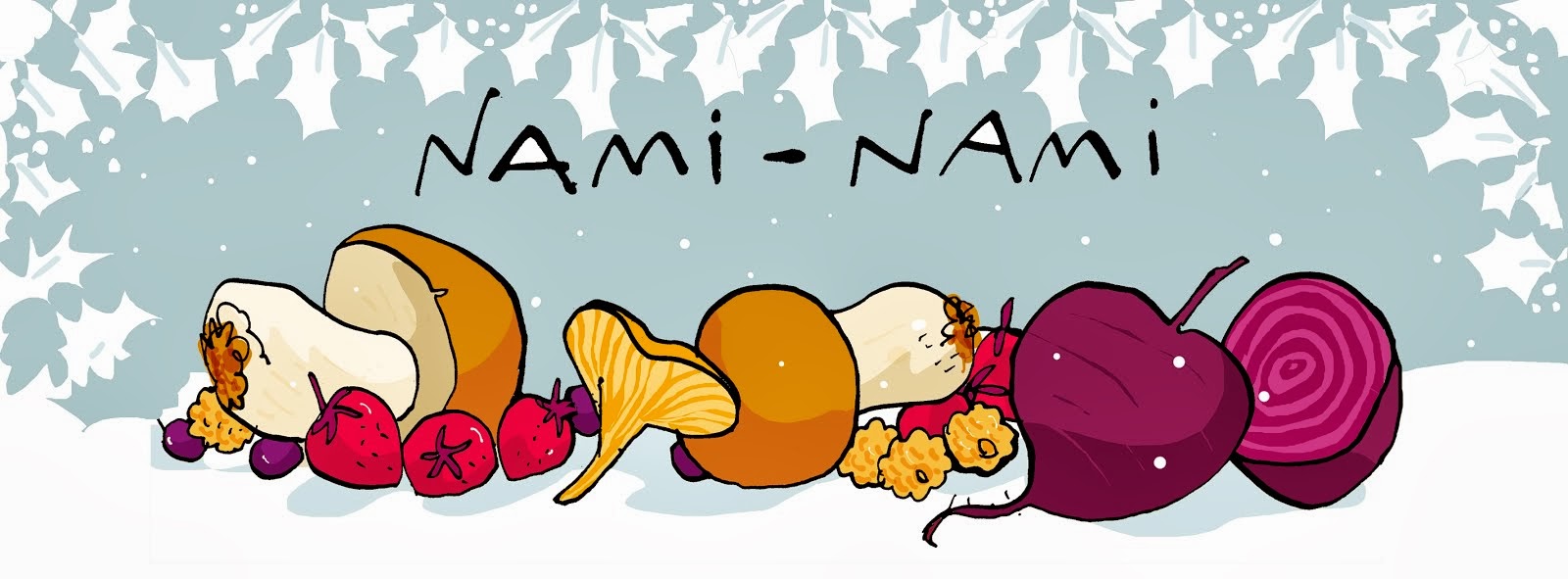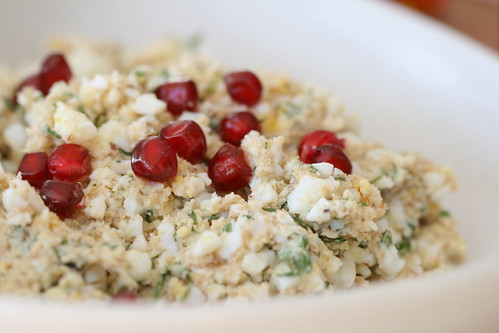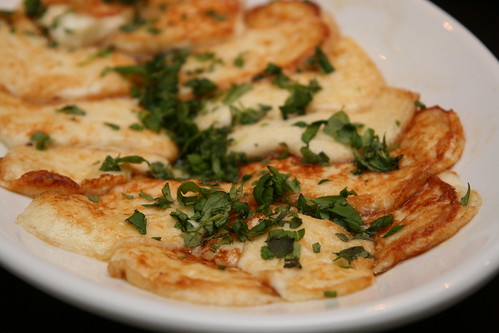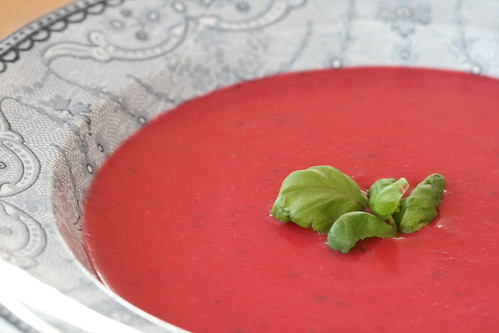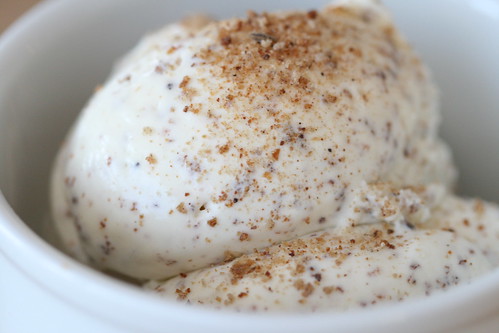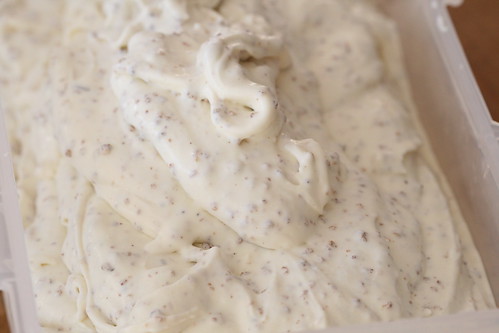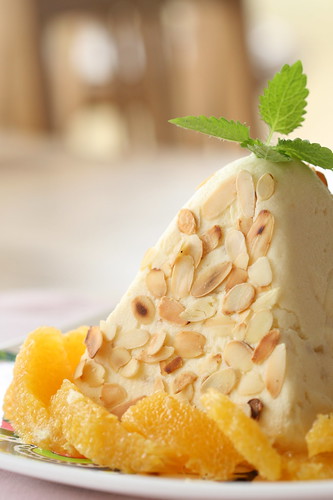
Some of my American readers may have noticed a recipe for paskha in the April 2010 issue of Saveur. Saveur describes paskha as "a rich, airy sweetened cheese that's traditionally served in Russian homes to break the meat- and dairy-free Lenten fast. ... Made with a Russian farmers' cheese called tvorog, as well as cream, egg yolks, butter, and sugar, the treat is flavoured with vanilla and studded with golden raisins. Then the pashka is pressed into a mold and chilled to set." Although it's not traditionally Estonian, it's pretty popular here.
I happen to love pashka, and have been making it for, well, ages :) I've shared one of my favourite pashka recipes before, but there are several ways of making this dessert. There are cooked versions and uncooked paskhas, paskhas containing raw eggs, cooked eggs or no eggs. Here's one (out of three!) I made last Spring - it's uncooked, contains cooked egg yolks - and is thus quite similar to the recipe printed in this month's Saveur.
Highly recommended. The Saveur article recommends using the Friendship brand farmers cheese instead of tvorog, if you can't get hold of the real thing.
Paskha with Egg Yolks
(Kohupiimapasha keedetud munarebudega)
Serves 8 to 10
75 g unsalted butter, softened
125 g caster sugar
2 hard-boiled egg yolks
500 g curd cheese
100 ml whipping cream, whipped until soft peaks form
0.5 tsp vanilla extract
3 Tbsp candied orange peel
4 Tbsp chopped almonds
toasted almond slices and orange segments, to garnish
Cream the butter with about one third of the eggs. Press the egg yolks through the sieve and add to the butter. Add vanilla extract, the rest of the sugar, curd cheese, whipped cream, candied orange peel and chopped almonds.
Line a pashka tin or a large sieve with a wet cheesecloth square. Spoon the curd cheese mixture into the pashka mold and place the whole thing on top of another bowl or over the sink, allowing the liquid to drain (depending whether you want to catch the whey* or not).
Refrigerate in a cool place for at least 24 hours.
Turn onto a serving dish, remove the cheesecloth. Garnish with toasted almonds and orange segments.
* This can be used instead of milk or water when making yeast buns.
Paskha with Egg Yolks
(Kohupiimapasha keedetud munarebudega)
Serves 8 to 10
75 g unsalted butter, softened
125 g caster sugar
2 hard-boiled egg yolks
500 g curd cheese
100 ml whipping cream, whipped until soft peaks form
0.5 tsp vanilla extract
3 Tbsp candied orange peel
4 Tbsp chopped almonds
toasted almond slices and orange segments, to garnish
Cream the butter with about one third of the eggs. Press the egg yolks through the sieve and add to the butter. Add vanilla extract, the rest of the sugar, curd cheese, whipped cream, candied orange peel and chopped almonds.
Line a pashka tin or a large sieve with a wet cheesecloth square. Spoon the curd cheese mixture into the pashka mold and place the whole thing on top of another bowl or over the sink, allowing the liquid to drain (depending whether you want to catch the whey* or not).
Refrigerate in a cool place for at least 24 hours.
Turn onto a serving dish, remove the cheesecloth. Garnish with toasted almonds and orange segments.
* This can be used instead of milk or water when making yeast buns.
